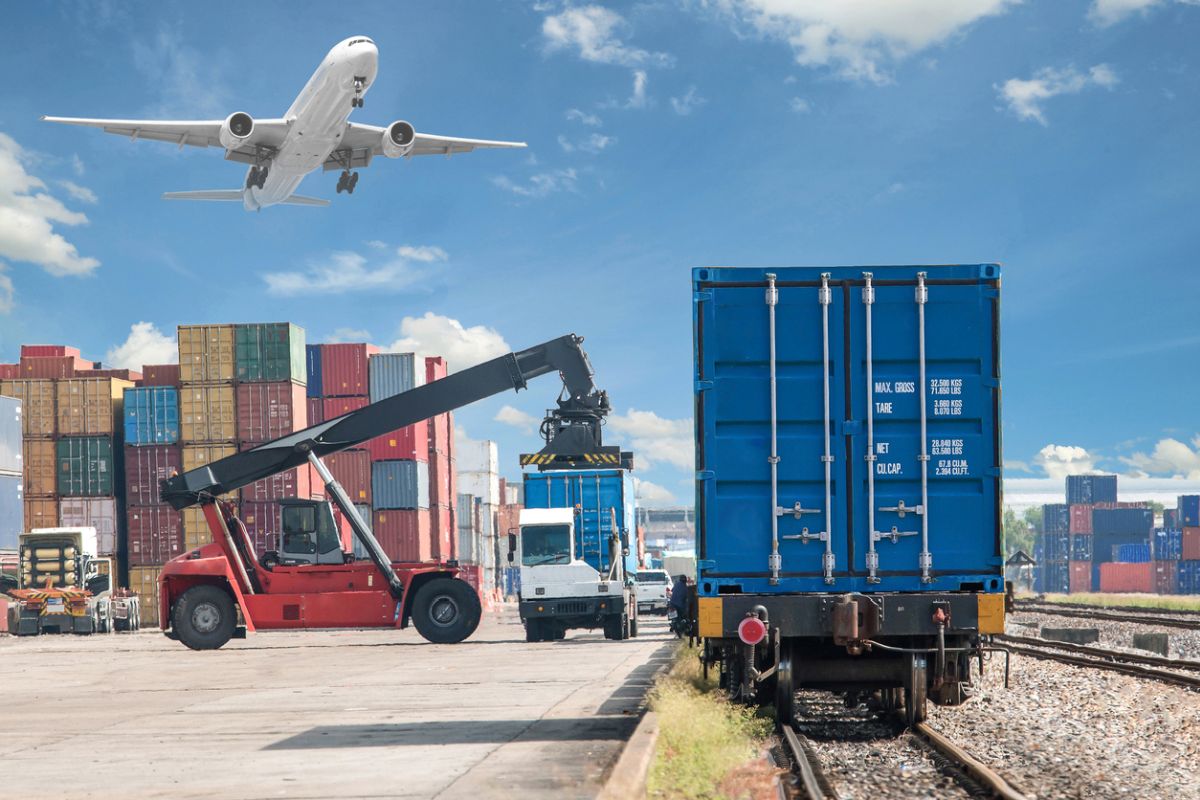Indian rural healthcare witnessed significant progress in last decade
Rural healthcare in India has seen remarkable progress in the last decade, with people living in remote areas getting better access to quality health services.
Currently, the industry is fragmented and is facing a number of challenges due to the lack of streamlining in operations.

(Representational Image: iStock)
The Indian logistics industry is expected to grow to $215 billion by the year 2020 with investments in the sector estimated to reach $500 billion by 2025. Currently, the industry is fragmented and is facing a number of challenges due to the lack of streamlining in operations. The logistics industry involves coordination between various functions like booking, transportation, documentation and payments, the lack of which leads to reduced productivity and increased costs. With the advent and adoption of technology across multiple industries, it is only a matter of time before the logistics industry completely embraces and adopts revolutionary technology like AI, robotics, machine learning and blockchain. Further to which, end-to-end coordination between the different functions will be streamlined, making the entire process smoother and more efficient.
We will represent some practical applications of selected technologies across a typical life cycle of a transport order from Booking, Transportation, Documentation, and Payment.
Within the supply chain, the booking of delivery trucks is being made easier with the implementation of machine learning and Artificial Intelligence (AI) that recognizes patterns in data, making the booking process more predictive, accurate, and efficient. The technology is used to understand how clients make their bookings, then the data is used to conduct operations in a proactive manner. This means that vehicles can be pre-moved to areas that have a greater booking demand, leading to a cut in operational costs. AI is also used to check the inventory levels and to assess if new orders need to be booked. Another technology that has transformed booking in the supply chain is API data integration which allows the different enterprise systems to communicate with each other in a seamless manner.
Advertisement
The next phase within the supply chain is transportation which involves the pickup and delivery of cargo. Robotics has created disruption in the warehouses by taking over the work that was done by humans. The robots work on deep learning algorithms and take a fraction of the time to receive, sort, store, retrieve and deliver cargo as compared to humans. Telematics, which blends telecommunications and informatics, streamlines logistics by providing operators with real-time data about vehicles. This is enabled through connected devices and an Internet of Things (IoT) that allows users to track vehicles, oversee the driver and monitor fuel usage. It also provides information about the driving time and the estimated time for unloading cargo. The introduction of digital Standard Operating Procedure has also made transportation smoother as it gives drivers instructions on how to handle the shipments.
Documentation, one of the biggest reasons for discrepancy in the supply chain, is becoming increasingly digitized to enable streamlined operations. Packing lists, commercial invoices, waybills and load manifests are all moving to the digital platform. Smart contracts, which are blockchain driven, is a revolutionary technology that has changed how documentation is carried out across the supply chain. A smart contract contains a pre-programmed set of instructions that stores the terms of a contract between two or more parties. Since the contract works on blockchain, it executes the terms of the contract as soon as the pre-specified conditions are met. For example, a firm can signal that they have received the cargo through blockchain-driven smart contracts after which the payment will be triggered automatically. This reduces the time spent in cross verifying documents as the entire process is transparent.
The time needed to create an invoice, make the payment, and deal with discrepancies in billing is also reduced because of technology. Electronic Proof of Delivery (e-POD) reduces the number of unhappy customers, lessens the delay in receivables, and lowers complications in the back office. The truck drivers often carry tablets and smartphones with them so that they can get proof of delivery in real-time. These devices, in turn, communicate the status of the delivery with all the involved parties, eliminating the chances of confusion and error. The increase in the usage of e-wallets has also made the entire payment process hassle-free, fast and convenient. On the other hand, while cryptocurrencies have made their way into a number of industries, it is yet to be seen if the logistics industry will commercially adopt it as a form of payment.
(The author is COO and Co-founder of a logistics company)
Advertisement